How to Level a Camper
Part 1 of 2:
Leveling from Side to Side
-
 Pick a flat place to park. Try to find a parking spot that is as flat as possible. Leveling is meant to compensate for minor ground unevenness, so parking on a slope will still be uncomfortable and unsafe.[1]
Pick a flat place to park. Try to find a parking spot that is as flat as possible. Leveling is meant to compensate for minor ground unevenness, so parking on a slope will still be uncomfortable and unsafe.[1]- If the ground slopes to the camper's side, reposition the camper so the ground slopes towards the front or back end.
-
 Clear out the area before leveling the camper. Make sure there aren't any rocks, big branches, or camping items nearby, since these can get in the way. Afterwards, ask everyone to move away from the camper while you work.[2]
Clear out the area before leveling the camper. Make sure there aren't any rocks, big branches, or camping items nearby, since these can get in the way. Afterwards, ask everyone to move away from the camper while you work.[2] -
 Use a level to measure the camper from side to side. Bring along an inexpensive level, such as a surface or bubble level. Lay the level from left to right in the camper's doorway. The side of the level that is lower is the side of the camper you'll need to raise.[3]
Use a level to measure the camper from side to side. Bring along an inexpensive level, such as a surface or bubble level. Lay the level from left to right in the camper's doorway. The side of the level that is lower is the side of the camper you'll need to raise.[3]- Keep the camper hitched until you're done leveling it from side to side.
-
 Place leveling blocks near the tires. Leveling blocks are like strong, plastic Lego blocks for campers. Snap them together to form a ramp for the camper. Place them in front of the tire you need to raise. These blocks can be purchased at general stores like Walmart as well as camper stores.[4]
Place leveling blocks near the tires. Leveling blocks are like strong, plastic Lego blocks for campers. Snap them together to form a ramp for the camper. Place them in front of the tire you need to raise. These blocks can be purchased at general stores like Walmart as well as camper stores.[4]- A cheaper leveling option is 2 in × 10 in (5.1 cm × 25.4 cm) pieces of lumber. The wood always has to be wider than the tires. Also, wood can take up a lot of storage space and, if the wood is rotten or broken, it shouldn't be used.
-
 Drive the camper onto the blocks. Slowly drive the camper forward onto the leveling blocks. If you're having trouble, ask someone to guide you. The wheels should be firmly on the blocks. Measure the camper's levelness again and make adjustments as needed.[5]
Drive the camper onto the blocks. Slowly drive the camper forward onto the leveling blocks. If you're having trouble, ask someone to guide you. The wheels should be firmly on the blocks. Measure the camper's levelness again and make adjustments as needed.[5]- If it feels easier for you, place the leveling blocks behind the wheels and back onto them instead.
- If part of the tire hangs off the leveling block or wood scrap, the tires will weaken over time. Readjust the camper to avoid this.
-
 Place wheel chocks under the tires to hold the camper still. Chocks are a safety measure, so use them even when you think you don't need them. Place the chocks under the wheel, wedging them in place by hand. Place them behind the wheels if the ground slopes towards the rear end of the camper.[6]
Place wheel chocks under the tires to hold the camper still. Chocks are a safety measure, so use them even when you think you don't need them. Place the chocks under the wheel, wedging them in place by hand. Place them behind the wheels if the ground slopes towards the rear end of the camper.[6]- Wheel chocks can be found at general stores and camping supply stores. If you don't have any, wood scraps can be used instead.
Part 2 of 2:
Leveling from Front to Back and Stabilizing
-
 Place pieces of wood under the tongue jack. The tongue jack is the front part of the camper that connects to your vehicle. Stack a few 2 in × 10 in (5.1 cm × 25.4 cm) wood scraps under it so it has a place to rest. The wood will ensure that the camper stays level during use.[7]
Place pieces of wood under the tongue jack. The tongue jack is the front part of the camper that connects to your vehicle. Stack a few 2 in × 10 in (5.1 cm × 25.4 cm) wood scraps under it so it has a place to rest. The wood will ensure that the camper stays level during use.[7]- You can also get a wheel dock from a camping supply store. Set the tongue jack in it and you won't need the wood.
-
 Unhitch the camper. Once you have made a resting spot for the jack, unhitch it from your vehicle's bumper. Set the jack's metal shaft on the wood. Move your vehicle out of the way so you can finish leveling and stabilizing the camper.
Unhitch the camper. Once you have made a resting spot for the jack, unhitch it from your vehicle's bumper. Set the jack's metal shaft on the wood. Move your vehicle out of the way so you can finish leveling and stabilizing the camper. -
 Measure the camper's levelness from front to back. Set the level in the camper's door again. This time, lay it so the ends point to the camper's front and back. If one side is lower than the other, you'll need to adjust the camper further.[8]
Measure the camper's levelness from front to back. Set the level in the camper's door again. This time, lay it so the ends point to the camper's front and back. If one side is lower than the other, you'll need to adjust the camper further.[8] -
 Adjust the tongue jack to lower the camper. Read your owner's manual to find out how to adjust the jack. Usually the jack will have a crank that you can turn by hand to raise or lower it on its metal shaft. Continue doing this until the camper is level from front to back.
Adjust the tongue jack to lower the camper. Read your owner's manual to find out how to adjust the jack. Usually the jack will have a crank that you can turn by hand to raise or lower it on its metal shaft. Continue doing this until the camper is level from front to back.- Adding or removing wood boards can also help level the camper perfectly.
-
 Place wood scraps under the stabilizing jacks. The stabilizing jacks are on the camper's 4 corners. These jacks aren't meant for leveling, but will prevent your camper from rocking and falling out of level. Place 2 or more 2 in × 4 in (5.1 cm × 10.2 cm) wood blocks under each stabilizer to ensure they won't move.[9]
Place wood scraps under the stabilizing jacks. The stabilizing jacks are on the camper's 4 corners. These jacks aren't meant for leveling, but will prevent your camper from rocking and falling out of level. Place 2 or more 2 in × 4 in (5.1 cm × 10.2 cm) wood blocks under each stabilizer to ensure they won't move.[9]- If your camper doesn't have stabilizers, you can have a professional permanently install them. Alternatively, place jack stands from automotive stores under the camper's corners.
-
 Lower the jacks onto the wood. Check your owner's manual to find out how to adjust the stabilizing jacks. Bring the jacks down until they're planted firmly on the wood.
Lower the jacks onto the wood. Check your owner's manual to find out how to adjust the stabilizing jacks. Bring the jacks down until they're planted firmly on the wood.
4.5 ★ | 2 Vote
You should read it
- Which type of portable woodworking machine?
- How to Prevent Wood Slabs from Splitting
- What is a wood saw? Are there any types?
- [Review] Is Makita wood milling machine good?
- Reveal how to use safe and efficient portable wood shavers
- Unbelievably true, paper blades cut plastic and wood
- In the future, Wood is the only material to build skyscrapers, not concrete or steel
- How to Dye Sola Wood Flowers with Acrylic Paint
May be interested
- How many XP experience points do you need to level up Pokemon Go?
 the level up in pokemon go will depend entirely on the amount of xp experience that the game players gain. having enough xp required, players will be allowed to level up.
the level up in pokemon go will depend entirely on the amount of xp experience that the game players gain. having enough xp required, players will be allowed to level up. - How to use the Level tool in the Camera app on iPhone
 today's article will discuss all you need to know about the level tool in the camera app and show you how to use it to create better photo compositions.
today's article will discuss all you need to know about the level tool in the camera app and show you how to use it to create better photo compositions. - Tips for playing EvoWars.io for new players to reach level 35 quickly
 evowars.io is an exciting online game where players transform into warriors that evolve through each level, increasing in size and strength. however, reaching level 35 requires players to have smart strategies and high skills.
evowars.io is an exciting online game where players transform into warriors that evolve through each level, increasing in size and strength. however, reaching level 35 requires players to have smart strategies and high skills. - How to check the air pollution level on the phone
 with airvisual, you can know the details of air pollution levels and how to prevent them in the city you want to learn.
with airvisual, you can know the details of air pollution levels and how to prevent them in the city you want to learn. - Multi-level SSD: SLC, MLC, TLC, QLC and PLC?
 solid-state drives improve the performance of older computers and turn newer pcs into speed machines. however, when buying an ssd, you get confused by terms like slc, sata iii, nvme and m.2. so what do they mean? let's find out in this article.
solid-state drives improve the performance of older computers and turn newer pcs into speed machines. however, when buying an ssd, you get confused by terms like slc, sata iii, nvme and m.2. so what do they mean? let's find out in this article. - Create contrast in Photoshop
 in this tutorial, tipsmake.com will show you how to quickly increase the contrast and make the image come alive by using level, curves, simple blend mode and adjustment layers in photoshop. (applies to photoshop cc and cs6).
in this tutorial, tipsmake.com will show you how to quickly increase the contrast and make the image come alive by using level, curves, simple blend mode and adjustment layers in photoshop. (applies to photoshop cc and cs6). - How to Clean an RV Awning
 the awning on your rv provides you with shade and protection from the sun and rain when you are spending time just outside your camper. while retracted, mold and mildew can fester in the awning fabric, especially if it was rolled up wet....
the awning on your rv provides you with shade and protection from the sun and rain when you are spending time just outside your camper. while retracted, mold and mildew can fester in the awning fabric, especially if it was rolled up wet.... - How to Tow a Trailer
 borrowing your friend's boat for a weekend at the lake sounds like a great idea until you realize you've got to drive it there. whether you're hooking up a camper, a vehicle, or another variety of trailer to your car, learning the...
borrowing your friend's boat for a weekend at the lake sounds like a great idea until you realize you've got to drive it there. whether you're hooking up a camper, a vehicle, or another variety of trailer to your car, learning the... - The 25-year study shows that rising sea levels are rising
 a group of scientists have studied satellite data for 25 years, and calculated that the sea level does not rise at a steady rate, it is rising at a dizzying speed. if this trend continues, sea level rise may double compared to the projected level in 2100 in previous reports.
a group of scientists have studied satellite data for 25 years, and calculated that the sea level does not rise at a steady rate, it is rising at a dizzying speed. if this trend continues, sea level rise may double compared to the projected level in 2100 in previous reports. - Explain why the level 6 squad of the Arena of Truth is always the strongest team
 in this article, i will explain why i should build a level 6 squad in the arena of truth instead of having to build a level 9 squad, including some ways to build a strong squad at level 6 in dtcl.
in this article, i will explain why i should build a level 6 squad in the arena of truth instead of having to build a level 9 squad, including some ways to build a strong squad at level 6 in dtcl.
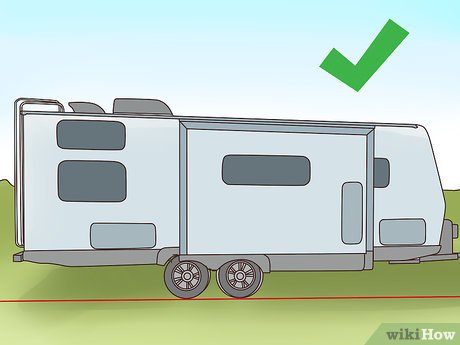
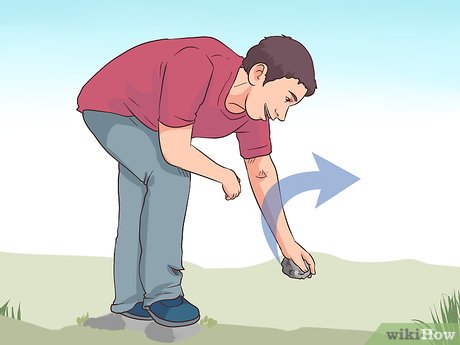



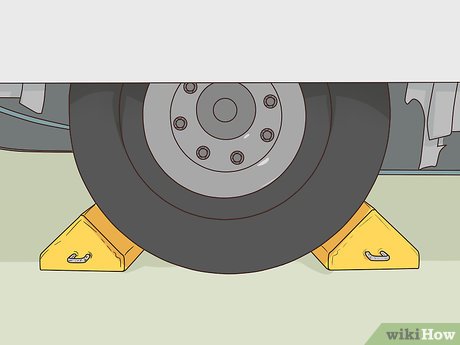
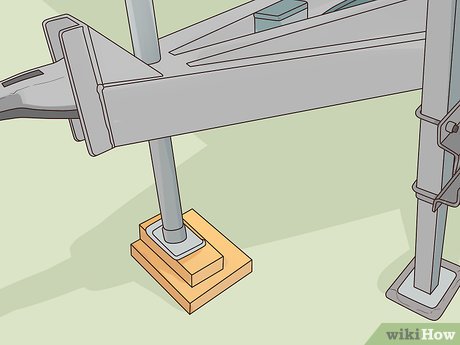
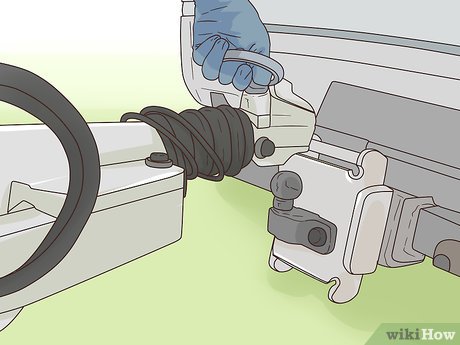
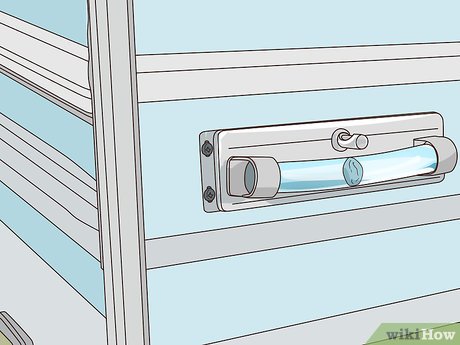
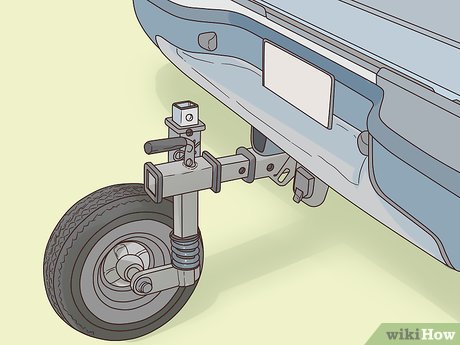
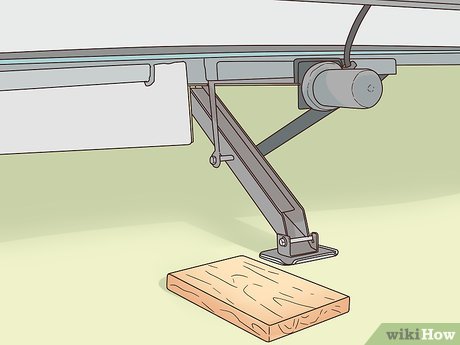
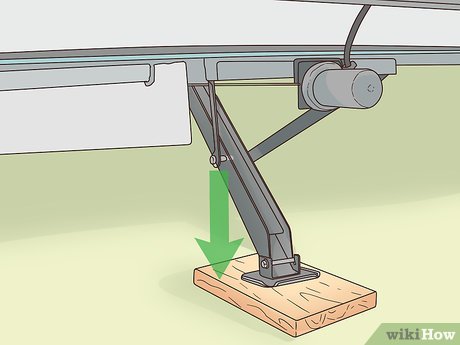










 How to Use Divvy Bikes in Chicago
How to Use Divvy Bikes in Chicago How to Avoid Crowds in Mass Transit
How to Avoid Crowds in Mass Transit How to Get Around Salt Lake City on the Cheap
How to Get Around Salt Lake City on the Cheap How to Reduce Transportation Costs
How to Reduce Transportation Costs How to Reduce Your Dependence on a Car
How to Reduce Your Dependence on a Car How to Ride the Cable Car in San Francisco
How to Ride the Cable Car in San Francisco